Local artist honors Walter Gropius and the work of collaboration with “The Kiss”
Artist Jamie Sloan and partner, Jimmy Hobbs with “The Kiss” displayed outside of The Huntington Museum of Art.
Huntington artist Jamie Sloane’s latest piece is the newest addition to The Huntington Museum of Art (HMOA). “The Kiss” honors the late architect Walter Gropius but also is a showcase of collaboration.
“I wanted to do a sculpture that represented collaboration and what it means to come together,” Sloane said.
Sloane was asked by Christopher Hatten, senior curator, to do a piece for the 50th anniversary of the development of the Gropius wing of The Huntington Museum of Art.
“When I heard Walter Gropius, it’s like ya know, he’s like a celebrity,” Sloane said, “I jumped on board immediately.”
Walter Gropius was an architect and the founder of Bauhaus in Germany. Gropius left Germany during Hitler’s reign, and he eventually found himself in West Virginia.
Gropius designed and oversaw the construction to the 1970 addition to The Huntington Museum of Art according to waltergropius.org.

through his life and work. (Brittany Hively)
“He’s like the Lady Gaga of architect,” said Jimmy Hobbs, Sloane’s partner and director.
Sloane says not only was the piece an honor, but he feels like it took him to the next level.
“That carries you to a different plateau because now you can be associated with someone who is great,” Sloane said. “There is just no way I was not going to do it.”
Between research and discussions with Hobbs, Sloane knew what he wanted to do.
“The first thing I did was study Bauhaus, just got it in my head,” Sloane said. “What I derived from what I learned was I knew I wanted to do something that was in the essence of Bauhaus, which was an actual school. They had composers, architects, weavers, potteries, the very best of everything, like technology.”
“They put them all in this school and they were projecting one train of modern thought. Like how to minimalize and simplify life into a modern direction,” he said. “So, ultimately, it’s about the collaboration, get everyone in it and working together to produce something great.”
Sloane said he had plenty of options for designs.
“I could come from any direction; I was overwhelmed. I just saw these waterbirds in my head, two birds kissing, and that’s a collaboration. Husband and wife, boyfriend and girlfriend, people come together,” Sloane said. “Two or more people and you can do something wonderful and great, and so I thought I want to simplify that thought process and just do a kiss. In the essence of Bauhaus, make it something simple, and there’s nothing more simple than a kiss. I did two birds in a body of water, and it represents that is one moment when you come together.”
Along with keeping things simple, Sloane used the major dynamics of Bauhaus.
“The shapes of the Bauhaus are triangle, square and circle,” Hobbs said. “Every moment of that sculpture is that. The beaks and the tails are triangles, the base is square, the middle base is round.”
“The Kiss” went from an idea to a sketch to the statue that can be seen today.
“I did a little sketch of two birds, waterfowl, kind of wrapped in one another- much the same way you see in the sculpture,” Sloane said. “And then I went with the basic shapes and squeezed them into those moments, like their heads and their bodies.”
While Hobbs was the support person to talk Sloane through the process, he says the entire project was a collaboration.
“’The Kiss” represents collaboration on a totally different avenue,” Sloane said. “I had to work with welders, painters, Huntington Steel fabricators.”
While the project saw minimal delays due to coronavirus, not everyone thought it would be an easy project.
“People kept telling him, ‘you’re not going to be able to do this’ and ‘you’re not going to be able to come up with this’ and he said, ‘I’m sorry, it’s going to be up’ he was never ever unsure from the moment,” Hobbs said. “And that was our connection with Walter Gropius with him. He said, ‘I want to honor him, and I want this to be a world class design.’”
Not only did Sloane honor Gropius with a statue that represents his elements and collaboration, but he feels it shows Gropius’ collaboration with Huntington.
“I think of the way the Huntington Museum, they knew who Walter Gropius is obviously, and with this show they’re truly honoring him for who he is, but it takes a moment to really think about who he is,” Sloane said. “’The Kiss’ really is a symbol of him collaborating with us, Huntington. That was a collaboration.”
Sloane said the project would not be possible without the collaboration of his team.
“It’s getting everyone together and doing your very best,” Sloane said.
In addition to Sloane and Hobbs, the collaboration included Jack Bourdelais, patron and sponsor; Mark and Brian Heinz, painters from Kustom Koatings; Jason Ryan, master welder; Geoffrey Fleming, director of HMOA; and Chris Hatten, curator of HMOA.
There also is an assortment of elements in the HMOA’s gift shop featuring a variety of handmade items from local artists in another work of collaboration.
“It came out exactly how I envisioned it,” Sloane said.
“The Kiss” and the Walter Gropius exhibit will be available to view until January 10, 2021.
Brittany Hively can be contacted at [email protected].
Your donation will help continue the work of independent student journalism at Marshall University. If you benefit from The Parthenon's free content, please consider making a donation.


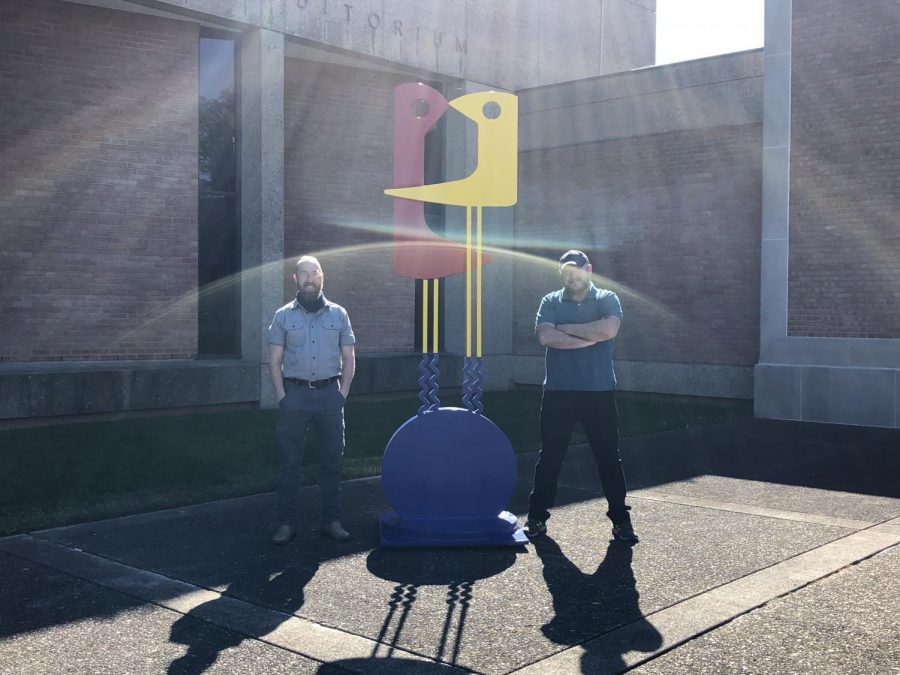

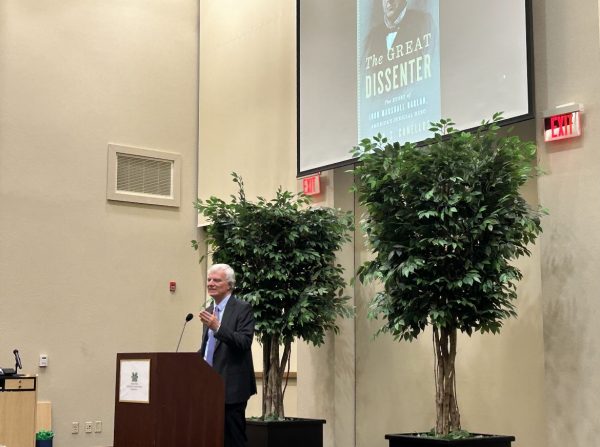
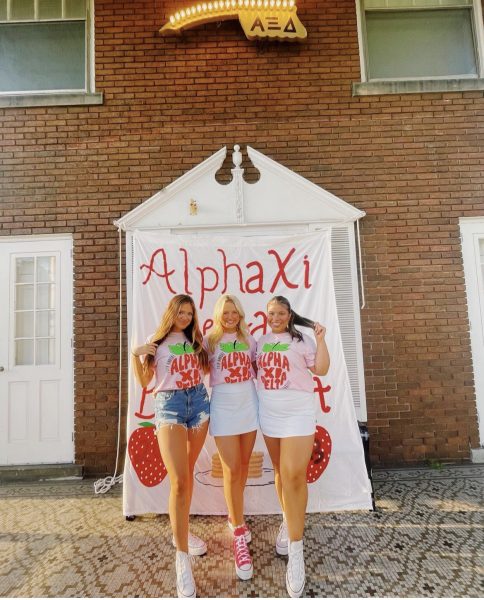
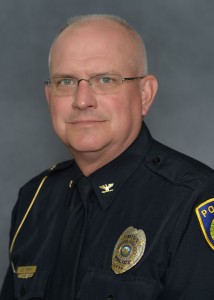
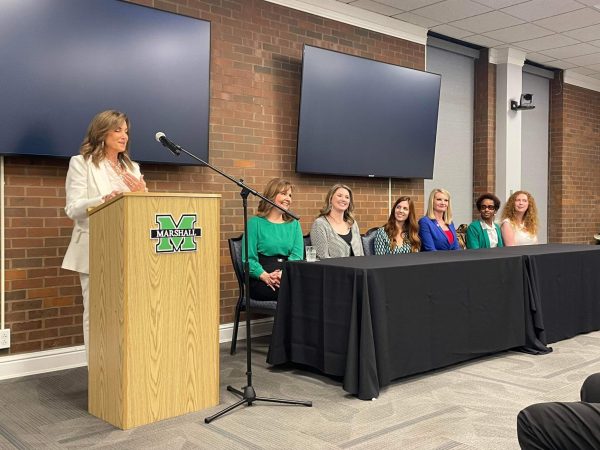
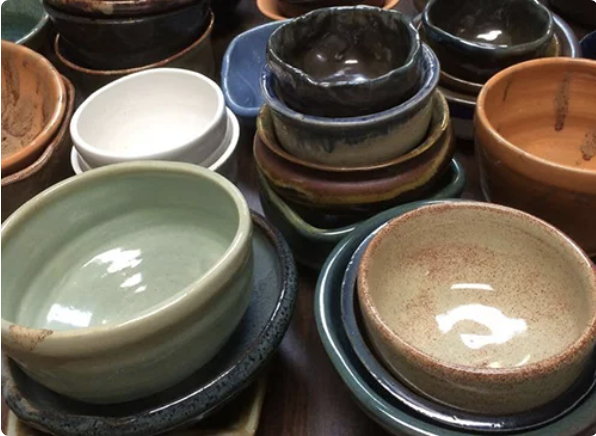
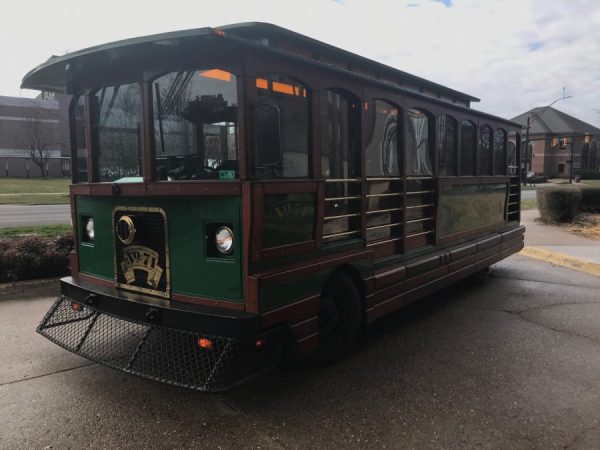
Paul Greza • Apr 26, 2021 at 11:40 am
I would like to contact Jaime. Please give him my number (681)285-5133 Thanks!